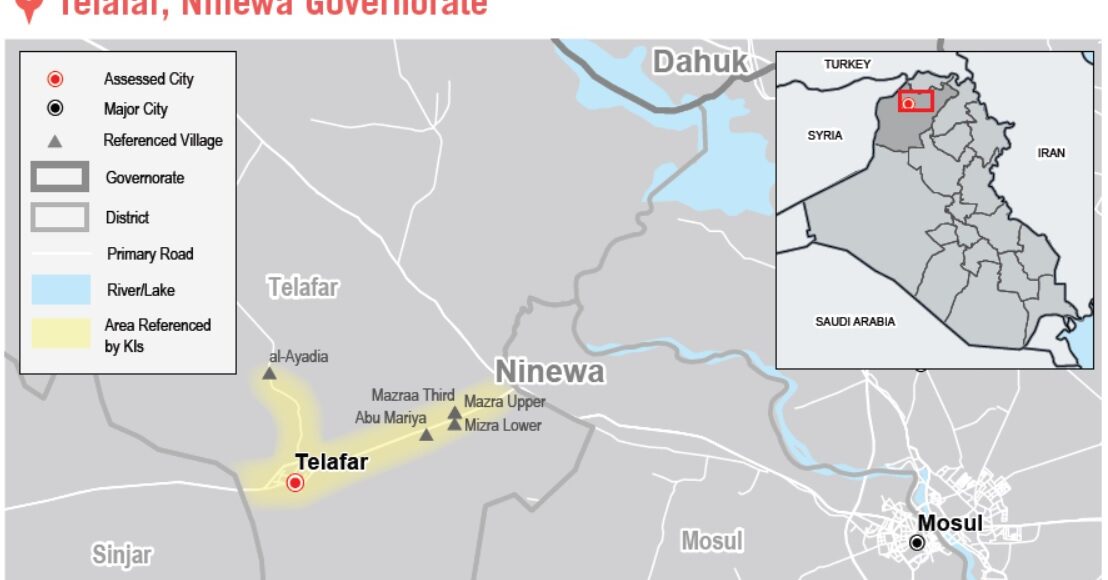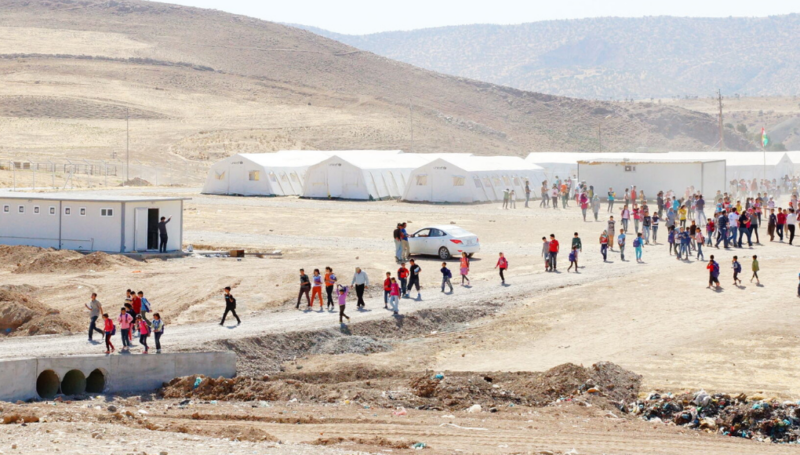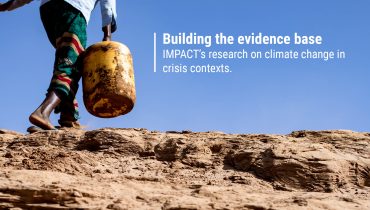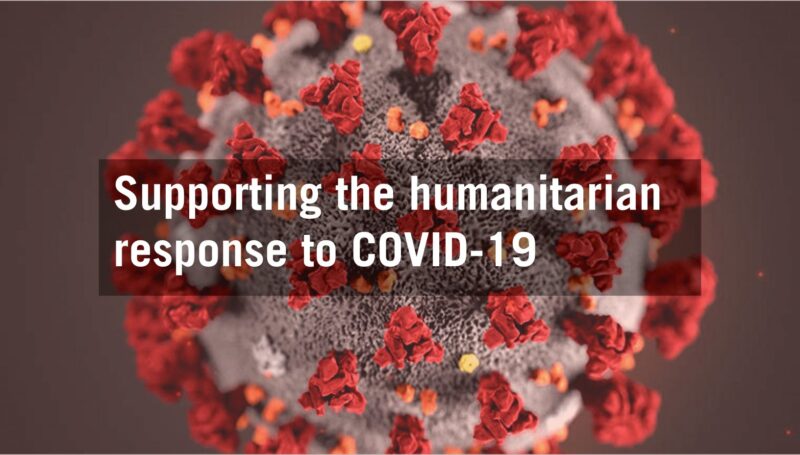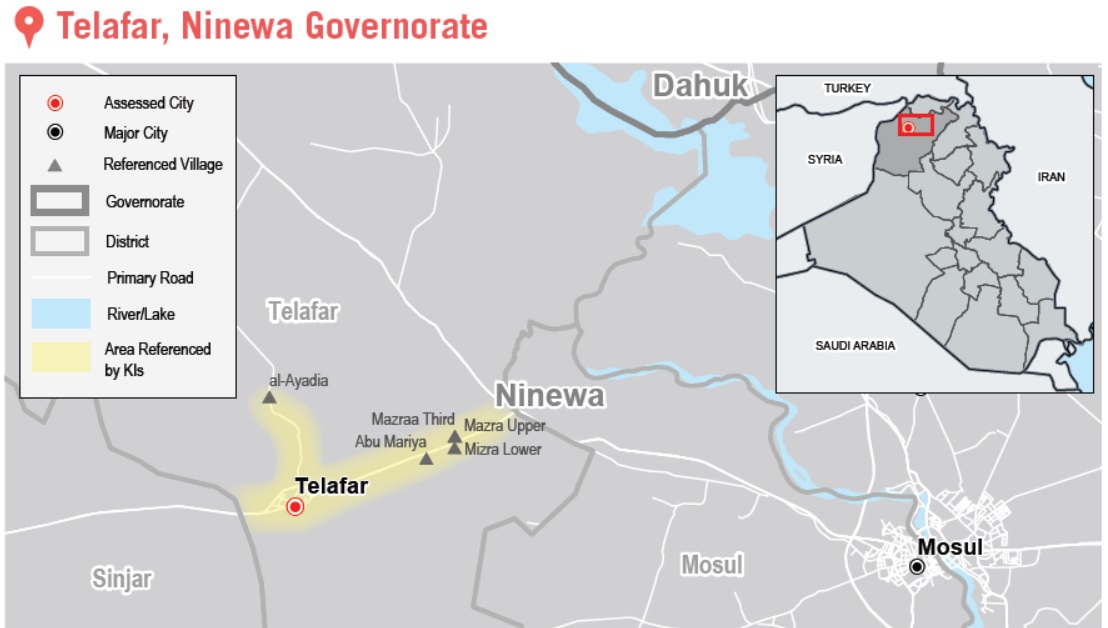
©REACH/2018
Since the Iraqi government announced victory over the so-called Islamic State of Iraq and the Levant (ISIL) in December 2017, more than 3,5 million people have returned to their area of origin nationwide. Due to the conflict and the subsequently limited humanitarian access to areas previously under ISIL control, relatively little information is publically available about the humanitarian needs of residents in these areas. To address this information gap, REACH is conducting Rapid Overview of Areas of Return (ROAR) in order to inform safe and durable returns in those areas. The aim is to understand what motivates people to return, along with the current situation in the area of origin for security, livelihoods and the provision of basic services.
The first ROAR focused on Telafar city, a significant urban centre in Ninewa governorate to the west of Mosul. Telafar had almost completely emptied out of people when the government of Iraq re-established control in August 2017 and has since then seen increasing returns (approximately 60,000-80,000 residents returned). Data on Telafar was collected between 28 March and 1 April 2018 through 24 remote interviews with returnees, residents who remain in displacement and individuals with sectoral knowledge and expertise.
The assessment found that the main reason driving residents to return to Telafar is perceived improved security, but many others are not returning because of damaged, destroyed or stolen property, a lack of livelihoods opportunities and children attending school in the area of displacement. The city itself has reportedly been largely cleared of explosive hazards, however some surrounding villages and agricultural lands are still not safe. As a result, agricultural lands are not being re-cultivated.
Basic services within Telafar are available, but they are running at reduced capacity due to shortages in staff and equipment. According to interviewees, half of the neighborhoods in the city are provided with water through a piped system, whilst the other half rely on water tanks that are filled periodically. For education and healthcare, facilities have reopened but with a limited amount of trained personnel. Lastly, there is a functioning court and an office for renewal of legal documentation, yet, there are long delays with legal processes and obtaining paperwork.
REACH will continue to conduct assessments in areas of return to inform humanitarian response in such areas, with future rounds focusing on Ba’aj and Sinjar.
For a more comprehensive overview of findings from the assessment, please visit the REACH Resource Centre to read the full Telafar and Surrounding Areas – Rapid Overview of Areas of Return (ROAR) report.





